Scuba Diving Fitness: Staying in Shape for your Scuba Life

While scuba diving can be an incredibly relaxing and leisurely activity, it can also be quite an active sport. Just handling the weight of the equipment from point A to point B(oat) to point Sea back to point B(oat) again is quite the effort. Then there’s the hour or so of kicking your fins through the water. Then getting back on land after all that and spending more physical energy toting and rinsing your gear. The average tank weighs about thirty pounds when full, and, let’s face it, we’re not getting any younger. The more we take care of our bodies, the easier (and safer) it will be to keep doing what we love—scuba diving and other fun things. The last thing you want to do is throw your back out or pull a muscle standing up from strapping on your tank and BC. The good news is, it doesn’t take very much time out of your day to do so. So let’s talk about the hows and whys of staying in shape for your scuba lifestyle.
How much time and how often do you need to exercise?
You know, you really don’t need to sacrifice as much time as you think to stay in shape. A little bit frequently does more than a lot every now and then. Basically, you’ll get more out of 20 minutes four times a week than a 90-minute gym session once every couple weeks when you feel the motivation. So, do you have 15 minutes? 20? We can start there. And maybe you’ll stay in the 15-20 minute range perpetually (this is okay! Great, even), or maybe it will grow to 30, 45, or even 60 minutes every so often. It’s okay to vary your time depending on energy levels and the things going on in your day.
So go ahead, grab your agenda book or phone calendar or whiteboard or whatever you use to keep up with the whens and where-tos of your life. Then, pick four days where you have 20 minutes. Morning, noon, night… the time of day makes no difference. But perhaps pick a time where you won’t have a full stomach and when you know you’ll actually commit to the time (this can take a bit of trial and error). Some people choose the mornings for their workouts. They know that once the day has tired them out with work and socializing, that they’ll be more inclined to saying “No workout today, I’m too tired. Maybe tomorrow.” Some folks thrive off an afternoon/after work workout session. All that built up energy from the day can be transferred into your movement and give you a sense of reset for the day. Maybe your lunch break is where you want to do your workout. Really, it’s up to you and your energy.
Appropriate exercises for scuba diving (and general wellness)
Core Strength
The core is your central point of strength. So let’s start there. Here are some great core exercises for maintaining strength in the abdominal muscles. Keeping the core strong can help protect your lower back from potential injury.
Russian Twists
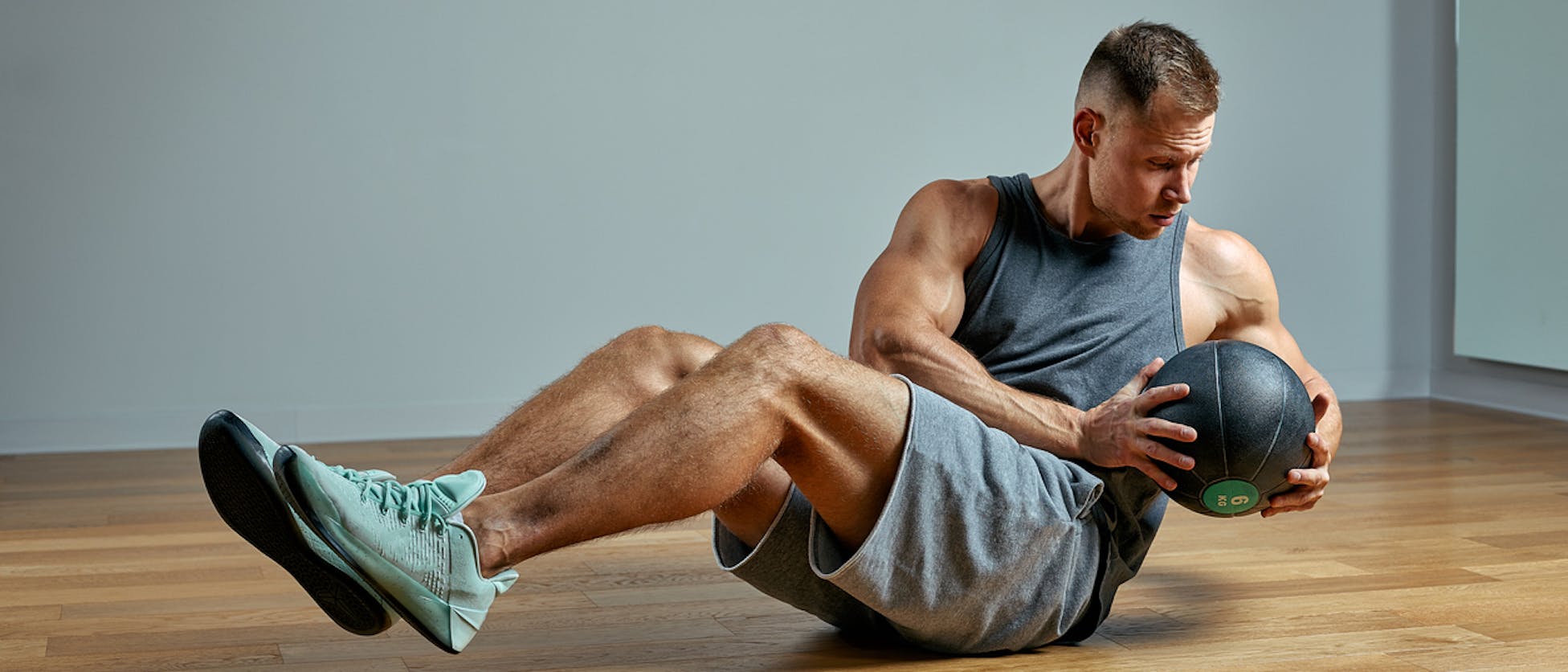
To do a Russian twist, sit on the floor. You can either bring your shins parallel to the ground or keep your feet grounded with your knees and feet close together. Lean slightly back, bring your hands together at your chest, and twist slightly to the right then left then right again continually. It will feel like you’re trying to drop your elbow towards the floor on either side.
Tips for Russian Twists: Try to keep the heart open and the collarbone broad. The legs will try to wiggle and move, see if you can stabilize them and keep them engaged. For more of a challenge, grab weight or a medicine ball to hold on to while you twist.
Flutter Kicks
Lie on your back and bring the palms of your hands to the floor next to your hips. For more support, you can wiggle your hands under your hips slightly. Lift your legs to a hover over the ground (not too high) and, if accessible for the neck, lift your head and shoulders from the floor keeping your neck long and face relaxed. Then you’ll alternate between lifting one leg slightly higher than the other, almost like you’re kicking your fins in the water. Try to keep pressing your belly into your spine and your low back into the floor. Remember to breathe!
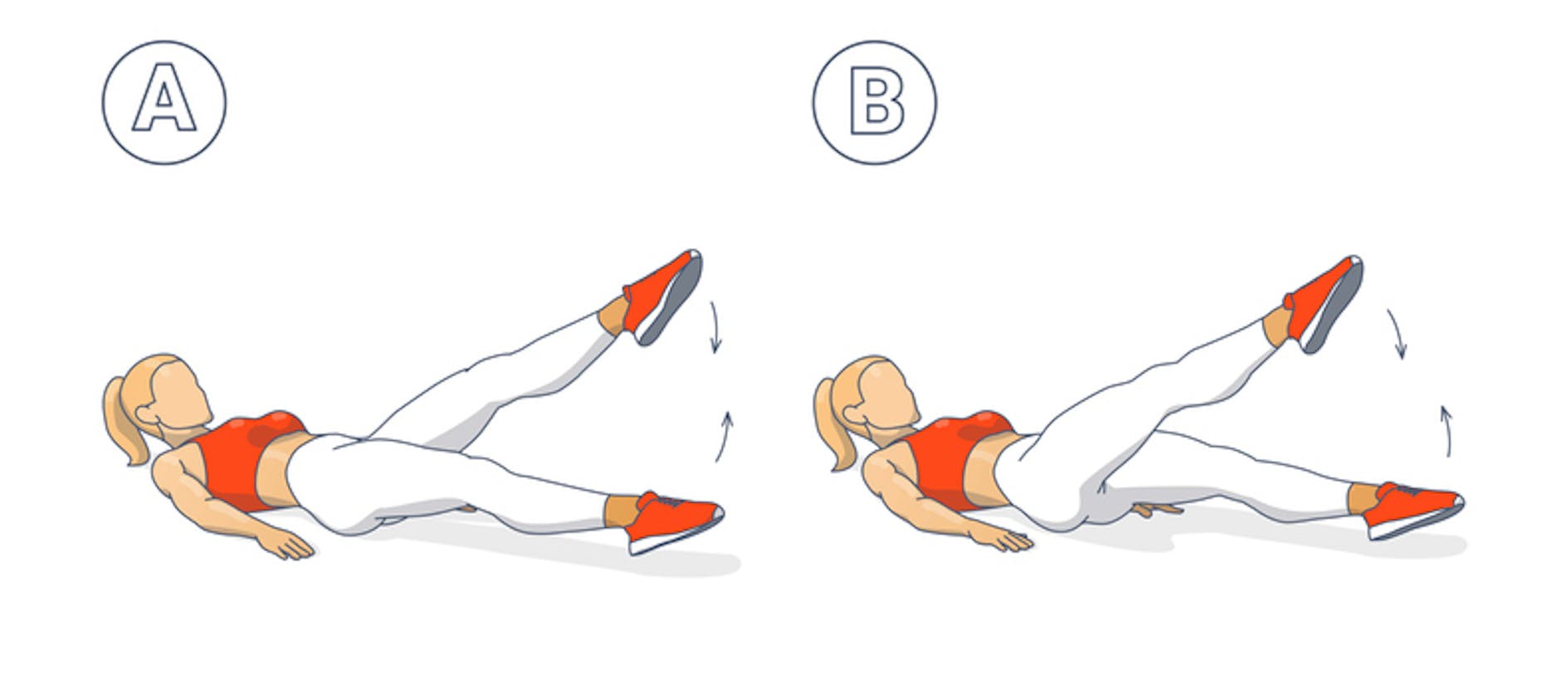
Lower Body Strength
Scuba diving involves a lot of lower body strength. From all the kicking to boat balance and standing from strapping all your gear on and climbing that ladder back onto the boat from the ocean. It’s clear that our thighs need some active focus too.
Squats/Lunges
Squats can sometimes be a little hard on the knees, while lunges can often be quite stabilizing for the knees. So depending on your current knee health, you can pick either squats or lunges (or both, of course) to improve lower body strength
To practice squats, bring your feet slightly wider than hip distance. If having your feet facing forward is uncomfortable for the knees, the feet can turn slightly out. Extend your arms forward, palms facing down, and bend your knees until your thighs are parallel to the floor. Inhale and stand back up. Repeat anywhere from 20-30 times per set.
To practice lunges, stand normally, with your hands on your hips. Step one foot forward, bending both knees. The back knee will hover over the ground and the front thigh will be about parallel to the floor. Step the front foot back into place and do the same with the opposite leg. Repeat about 15-20 times on each side. Do maybe 3 sets of this.
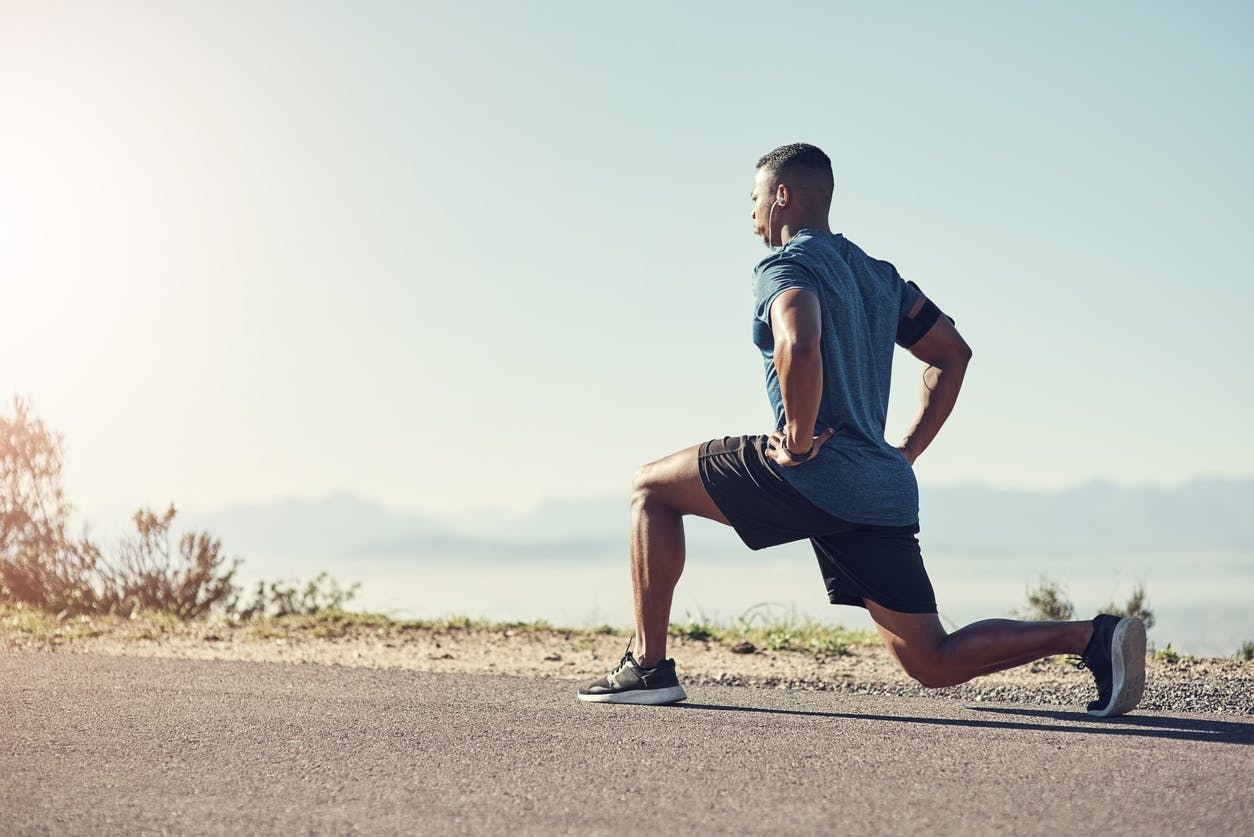
Bridges
Lie down on your back with your knees bent and feet grounded at hip width. Place your hands by your hips and inhale, lift your hips off the ground. Exhale, release them down again. Be sure to keep pressing into your entire foot and energetically draw the heels back into the shoulders to help ignite the hamstrings. Repeat 25-50 times per set.
Locust Pose
Lie on your stomach with your hands reaching forward and your feet pointing directly back. Inhale and lift your entire body off the ground. The legs stay straight while you lift the thighs off the floor, the arms reach forward and up, and the neck stays long. Hold this pose for 5-10 breaths at a time and relax a few moments before doing just one more for the day.
Variations: You can add ankle weights around the ankles or hold on to dumbbells out in front of you for more of a challenge! For less of a challenge, keep your hands reaching back towards your feet and/or keep your feet grounded instead of lifting them.
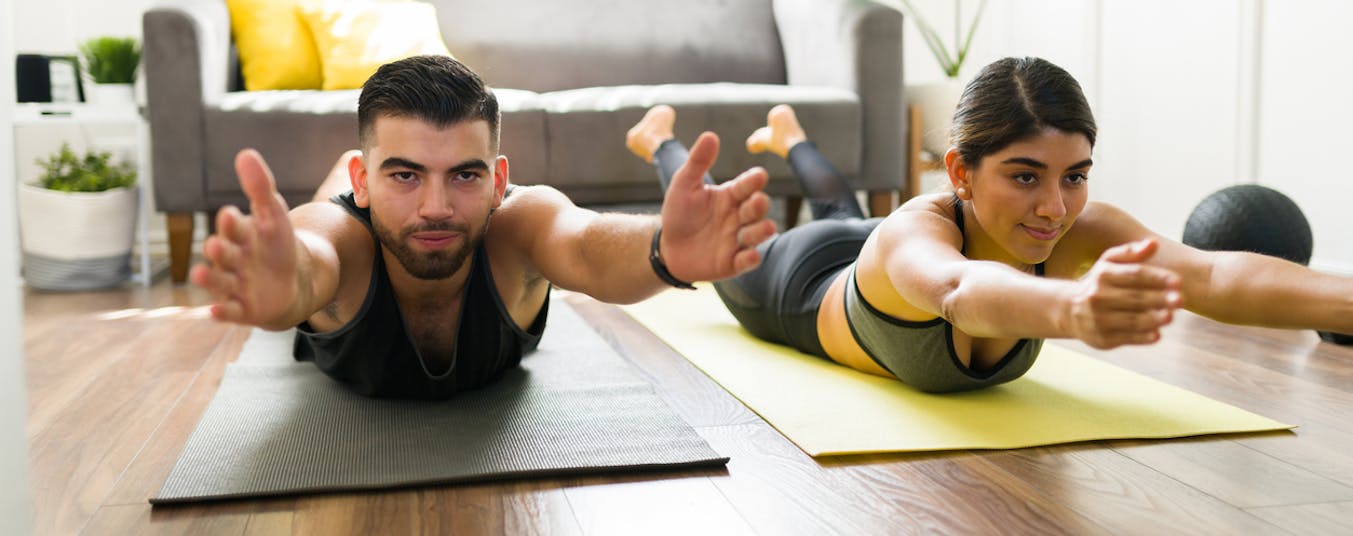
Upper Body Strength
Your arms have quite a bit to do, too. The gear haul from one place to another is quite the effort for the upper body and core, especially if you’re toting a tank along with all your other gear. So, let’s make it look (and feel) easy by prepping the arms for all that haul.
Bicep Curls
You can do bicep curls with just about anything. Grab your full water jug or use some dumbbells if you have any. Or, do your bicep curls with both arms at the same time with your tank (depending on your current arm strength, this can take some time to work up to).
Stand or sit with your palms facing up and holding on to whatever your chosen object is. Pull the item close to your chest then release it back to its original position. The elbows stay in place whether that’s by the ribs or propped on something like your knee or an arm rest. You can do right arm 15 times then left or both arms depending on your preference and desired prop.
Push-ups/Planks
Come to your hands and knees on the floor. Push the ground away through the knuckles and fingers and feel the upper back widen slightly. Stay here, drawing the belly into the spine, in a hand-and-knees plank, or tuck your toes and straighten your legs so that your hips are in line with your shoulders and your toes press into the floor to awaken the thighs. Stay in plank for 30-90 seconds. This can also be done on your forearms.
If desired, do another round and add pushups. The hands may move further apart for this. Exhale, lower your body to a hover over the floor, then inhale, push the ground away and rise back into plank. Repeat 10-20 times per set. 3-5 sets ought to do it.
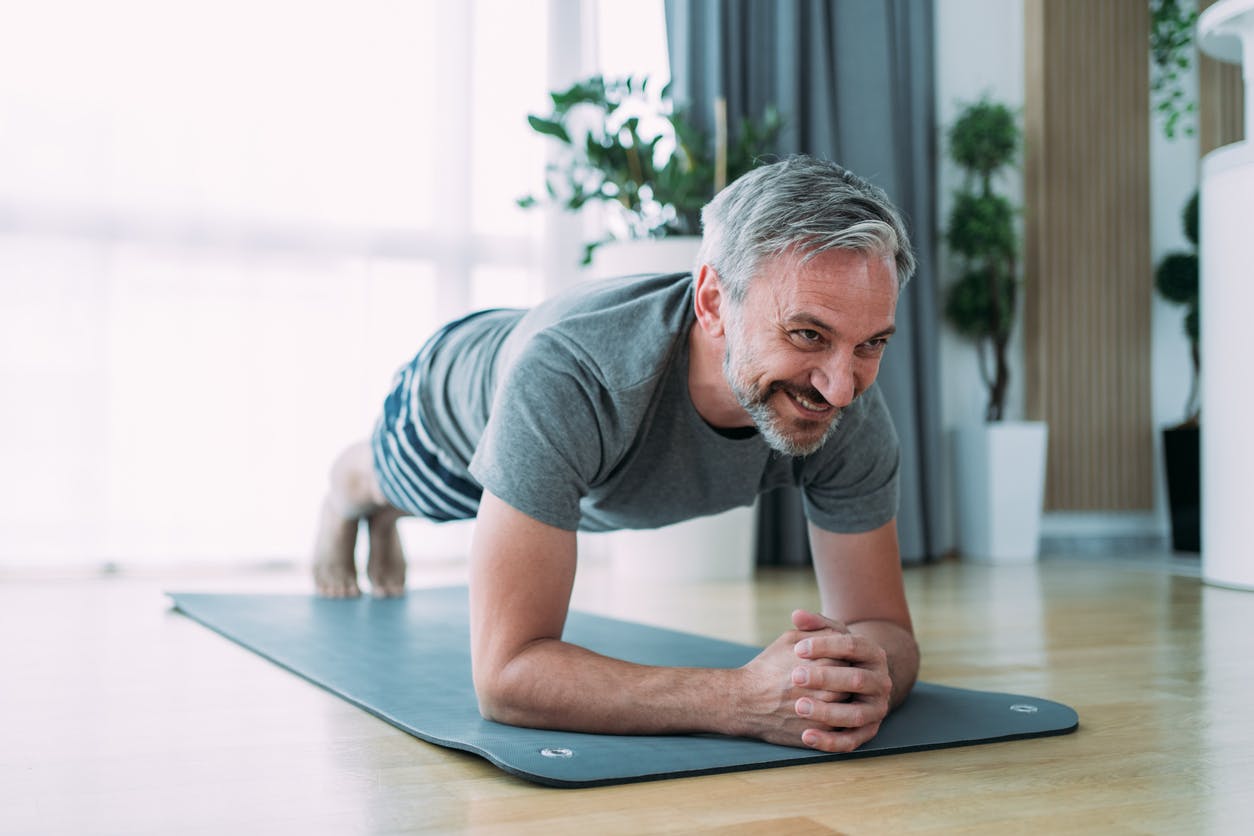
Cardio and Endurance
Yes, diving can be relaxing, especially a drift dive. But, as we all know, it can wear you out, too! That’s where cardio comes in. It’s ideal to spend at least 30 minutes on your cardio days. That’s enough time to build your heart rate, work your way through it, and calm down afterwards. 45-60 minutes would be ideal though, depending on what shape you’re already in. Most people go straight to jogging. Jogging can be nice. It certainly builds cardio. But, if I may, it is incredibly strenuous on the joints over time. Going on power walks (maybe even adding in some sprint intervals if you’re up for it) is quite enough. Of course, if you’d rather do some cardio that’s more closely related to SCUBA diving while staying low impact on the joints, swimming is a great way to achieve just that.
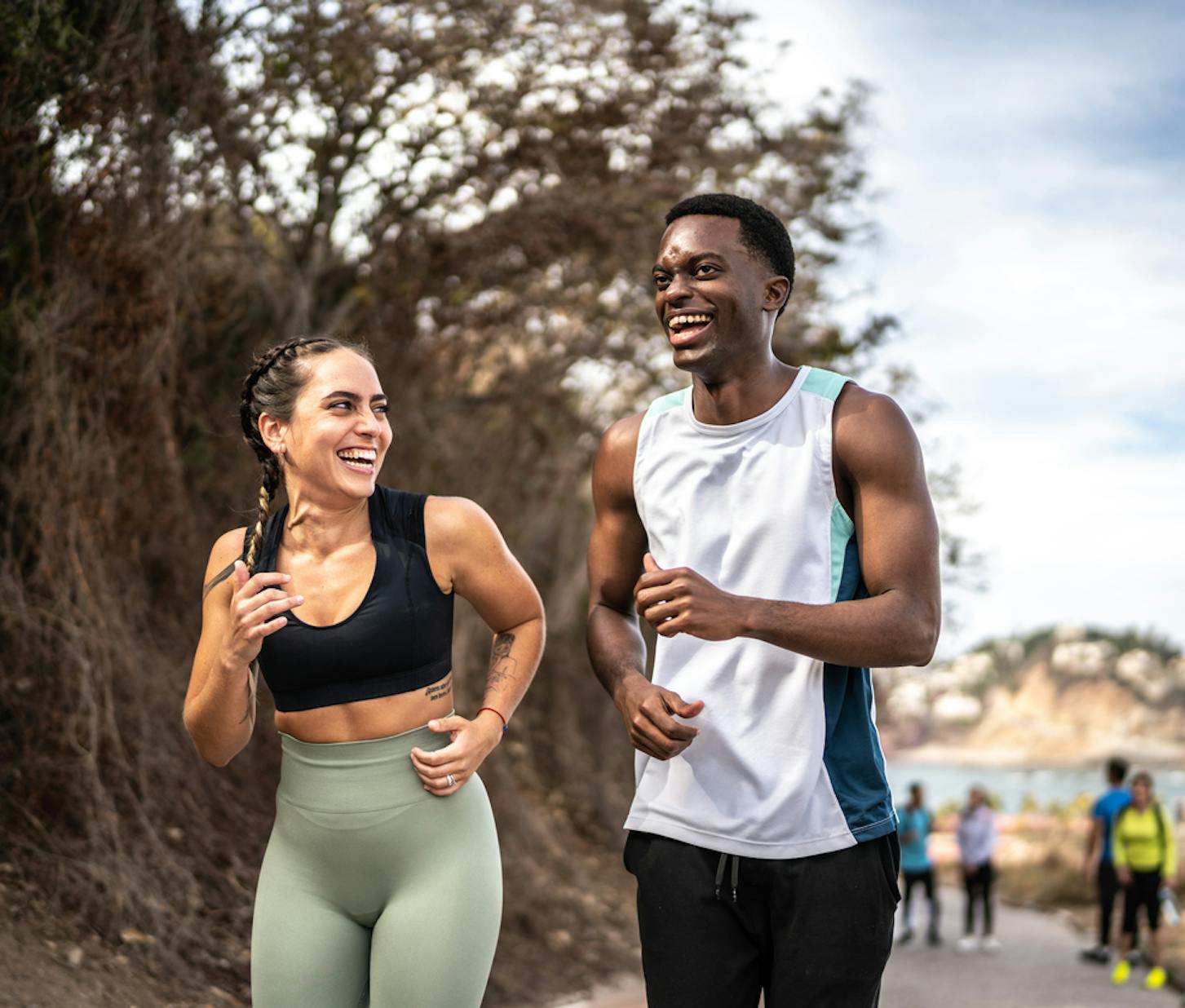
Staying Flexible
You may have a desire to skip over this section, DON’T. Keeping yourself limber and flexible has, arguably, greater efficacy in keeping you safe from injuring yourself. That being said, don’t skip this section, and don’t skip stretching! Try pairing your stretching with your workouts. But you can also make it a separate practice time altogether. Maybe your nightly Jeopardy! watching is when you make time for stretching. This is also something you can do every single day. Trust me, your body will thank you for it.
Triceps Stretch
Sitting or standing, raise your right hand to the sky and bend your elbow, bringing your right hand to your upper back. Take your left hand to your right elbow, gently tugging the arm over. If it feels good, lean the entire upper body over to the left. Repeat on the other side.
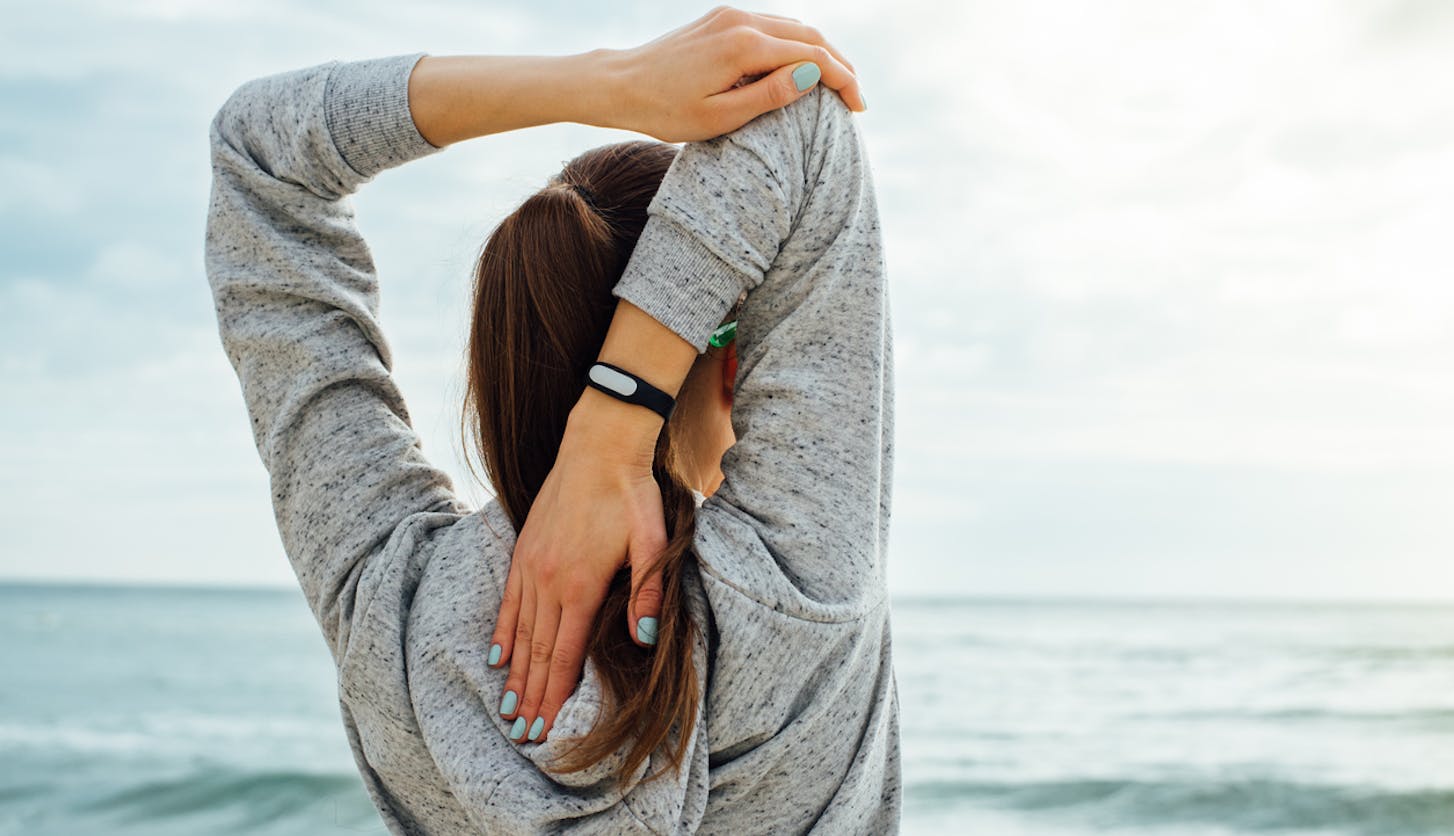
Hamstrings Stretch
Sitting or standing fold forward from the hips so that your head gets closer to your feet. If the hamstrings are super tight, give a little bend in the knees. Try not to overuse the arms here. Just lean in as far as is comfortable and take ten deep breaths.
Legs Up The Wall
Lying on your back (on the floor or even in your bed - this is great to do before sleep anyway), bring your feet and legs to rest up a wall. Let the upper body just relax where it lies. This may provide a light stretch in the hamstrings but this is truly beneficial for maintaining healthy circulation through the body. Do this every night before bed and you may just find that you even sleep better.
Quad Stretch
Standing up, perhaps holding onto a wall or something to support your balance, bend your right knee and catch your right foot with your right hand. Keep standing tall as you feel your right knee gently pull towards the floor and your foot kick into the hand. Sometimes a strap can be useful here to bridge the gap between foot and hand. Take a few deep breaths and do the same on the other side.
Bicep Stretch
Stand very close to a wall with your face just a few inches away from it. Extend your right arm to the side so that your hand is in line with your shoulder and your arm is parallel to the floor. Your right palm should be gently pressed against the wall. Keeping the arm where it is, turn your body to face the left so that you can no longer see your right arm and you are looking at whatever was to the left of you. Take a few deep breaths and repeat on the other side.
Variations: You can even do this lying on the floor. Simply lay on your stomach and extend one arm away from you. Roll over onto that side of your body and breath for a while. Let your head rest down and focus the breath on the bicep and pectoral of the side you're lying on.
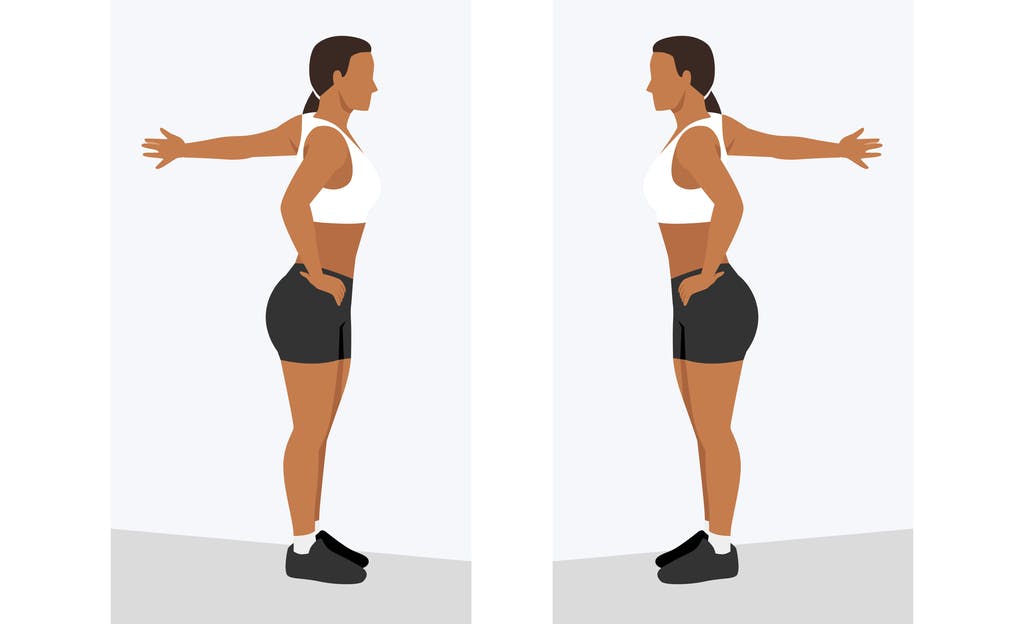
Meditation
Even more challenging to add to your workout is meditation. Why does this have anything to do with scuba? Not to go all “Yoga Teacher” on you, but it has everything to do with everything. BUT, to tie it in to scuba a little more, it will keep you calmer when the seas feel rough. When something goes wrong, you’ll be able to think more clearly and calmly rather than panic. This is a mental workout. And the workout comes from focus. Meditation is not about emptying the mind, but focusing it. Focus on your breath, focus on a tranquil image, or just focus on sitting still. If it helps, there are plenty of guided meditations out there in the world to have someone talk you through it. Five minutes is good. Ten minutes is better. Twenty minutes is best. And like stretching, this exercise can be done every single day. Unlike stretching, don’t do it while watching Jeopardy!
Start with 5-10 minutes and build from there. You may find it best to just focus on your breath. Making your breath audible, like it does when using your regulator, can help keep you calm and focused.
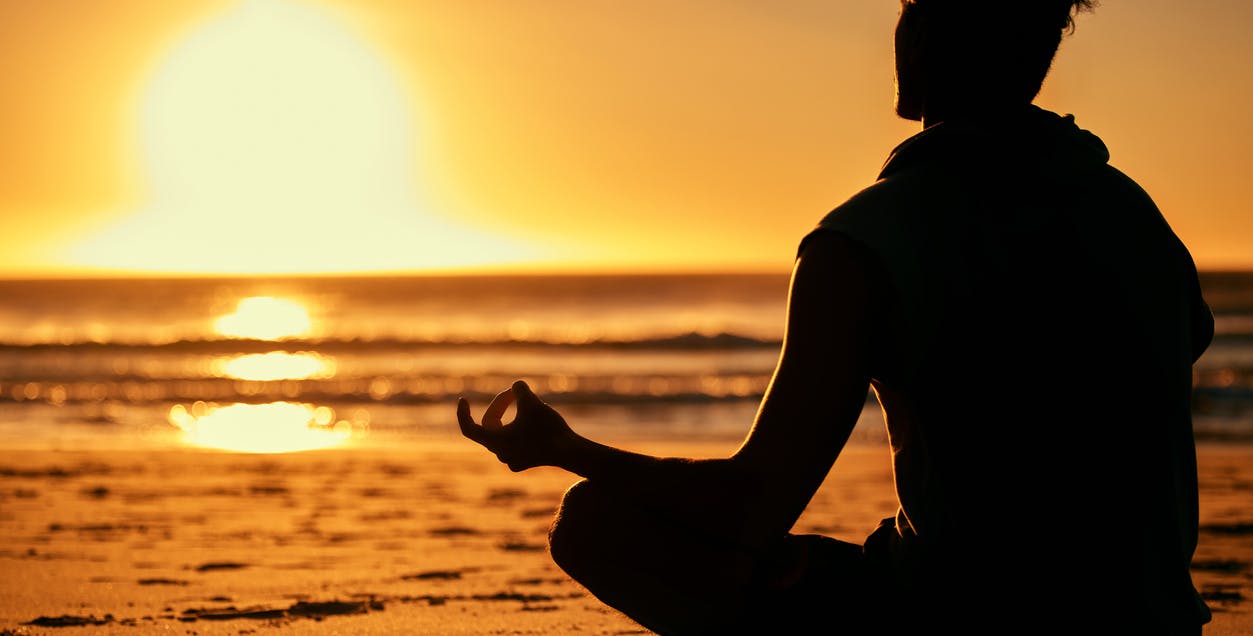
Additional tips:
-Alternate your focal points (arms + core one day, Legs + back another, Cardio separately)
-The whole ”no pain, no gain” mindset is a one-way ticket to injury and burnout. Get uncomfortable, feel the burn, but if you feel actual pain in your joints, back, neck, or shoulders, stop what you are doing and readjust as needed.
Sample schedule:
Monday 6:30am-7:00am
Tuesday 6:30am-7:00am
Wednesday 6:30am-7:00am
Thursday 6:30am-7:00am
Friday 6:30am-7:00am
Saturday 8:00am-9:00am
Sunday
Meditate 10 minutes - Arms + Core - Stretch
Meditate 10 minutes - Legs + Back - Stretch
Meditate 10 minutes - Cardio 20 minutes - Stretch
Meditate 10 minutes - Arms + Core - Stretch
Meditate 10 minutes - Legs + Back - Stretch
Meditate 10 minutes - Cardio 45 minutes - Stretch
Meditate - Stretch - Rest
FAQs
How often do I need to workout to make progress?
A good rule of thumb is to never go more than three days without some form of exercise. That will equate to about two to three times a week of movement. But you may just find yourself making more progress by committing to up to five or six days a week with varying areas that you focus on each day. A little movement often can yield greater results than a lot of movement every now and then.
What if bridges or locust pose hurt my lower back?
You may be putting additional pressure on your lower back if your thighs or feet are turning away from one another. Try spiraling the thighs inward towards the center to see if that helps. If the pain continues, you can discontinue practicing them and focus on lunges and squats instead. If you want to continue the exercises, only lift to a point where you still feel comfortable and never beyond that.
Will I need any equipment for these exercises?
We’ve cultivated this list of exercises to get you moving right away. So, no. There is no equipment required for any of these exercises with the exception of the bicep curls—with those, you can simply use a water bottle if you have one handy. You’re always welcome to add equipment, though, whether ankle weights for your walks or a medicine ball or dumbbell for your Russian twists.
When is the best time of day to workout?
The best time of day to workout is whenever is best for you. Anytime is a good time if it’s what fits your schedule and supports your energy levels. There is a reason more 24 hour gyms have appeared and it’s because people’s schedules are so different these days. So find what works for you, and feel free to try different things until you find what feels right.
What if I can’t focus my mind in meditation?
The mind gets distracted. That’s just what it does. Meditation should be a joy, not a time of getting frustrated with yourself because you can’t focus. You may need to remind yourself to come back to your focal point 100 times in ten minutes of meditation, and that’s okay. It will get easier with practice… sometimes a lot of practice. But it’s worth it. And you’ll see the effects in all areas of your life, not just scuba diving.
*This blog was written by a certified fitness/yoga instructor. Not all of these exercises will be appropriate for all bodies. Please, never push past physical pain (such as pain in the joints, low back, or neck) when working out. Always consult your physician before beginning new exercises.





